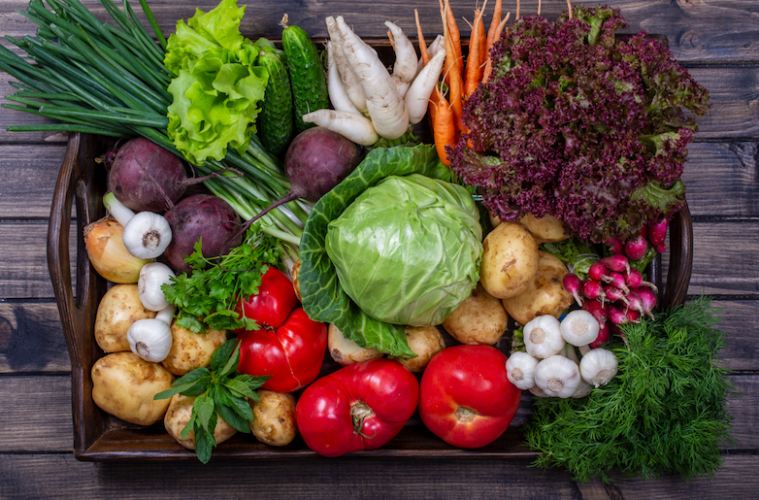Cultivate a sustainable, organic home garden this July.
As winter settles in, many might assume that the gardening season has come to a halt. However, July is actually the perfect time to start or revive your home garden.
Winter gardening offers a bounty of delicious, nutritious crops and contributes significantly to sustainability and self-sufficiency. Growing your own food organically ensures you have fresh produce free from harmful chemicals, reduces your carbon footprint, and fosters a deeper connection with nature.
Winter gardening brings a host of benefits:
- Extended Growing Season: Many crops thrive in cooler temperatures, ensuring a continuous supply of fresh produce.
- Pest Control: Cooler weather naturally reduces the number of pests, minimising the need for chemical interventions. Alternatively, Neem Oil can be used to keep pests, slugs and diseases away from your crops.
- Soil Health: Winter crops help protect and enrich your soil, preparing it for the spring planting season.
Sustainable Gardening Practices
Emphasising sustainability in your gardening practices can lead to a more eco-friendly and rewarding experience:
- Composting: Turn kitchen scraps and garden waste into rich compost to nourish your soil.
- Water Conservation: Use rainwater collection systems and mulch to retain soil moisture. A sustainable way to collect rainwater is to put buckets outside when its raining.
- Organic Methods: Avoid synthetic fertilisers and pesticides, opting for natural alternatives like Neem oil or homemade insecticidal soaps.
Here are some ideal crops to plant this July, ensuring a vibrant and productive winter garden:
1. Beetroot:
Beetroot is a versatile red root vegetable rich in fibre, folate (vitamin B9), manganese, potassium, iron, and vitamin C. The health benefits of beetroot include improved heart health, reduced blood pressure, and enhanced exercise capacity. It is an annual vegetable that grows throughout the year. Sow seeds directly into the soil, spacing them 10-15 cm apart for optimal growth. Beetroot is typically ready for harvest 7-8 weeks after planting.
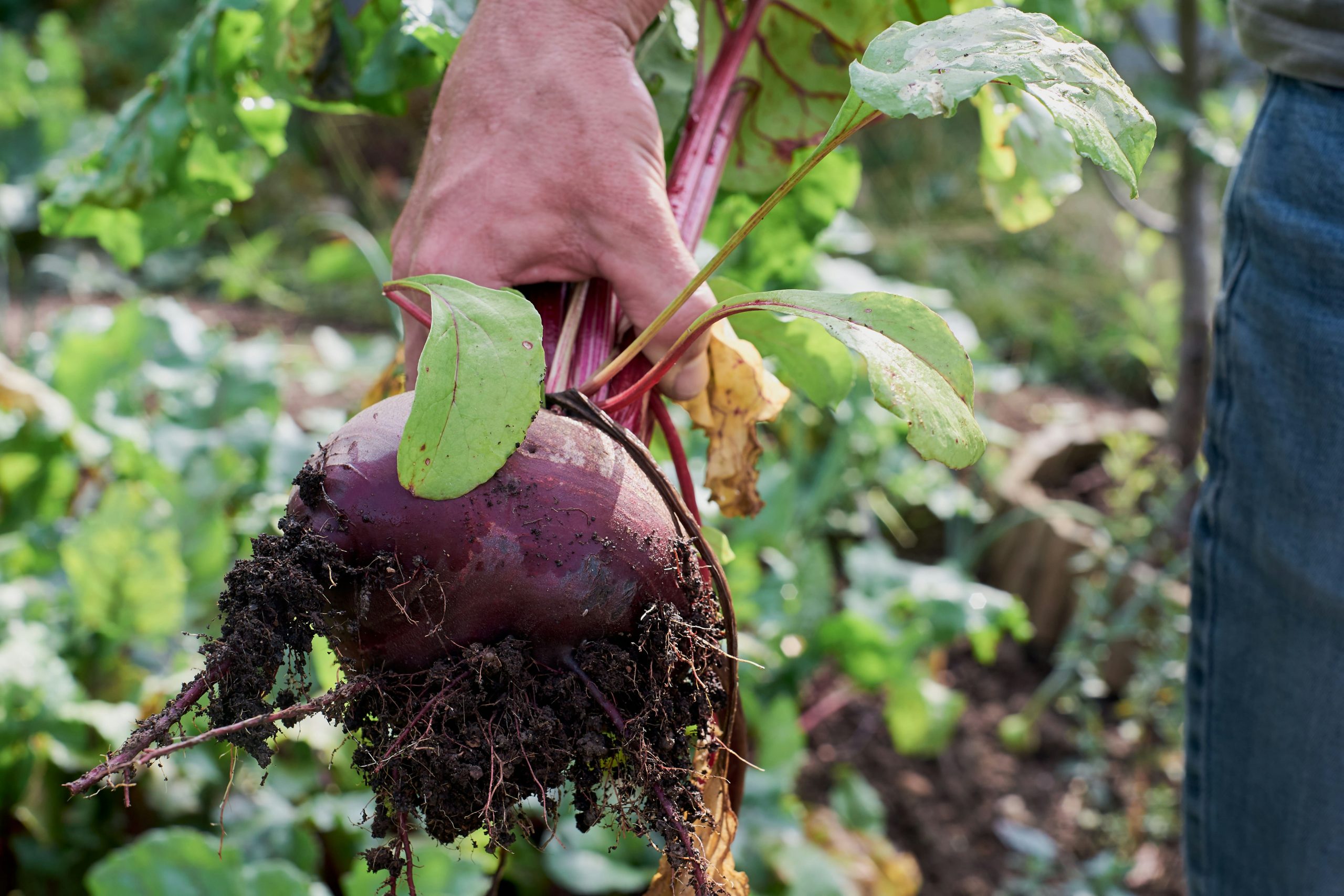
Image credit: Pexels
2. Broccoli
Broccoli is a nutritional powerhouse rich in vitamins, minerals, and antioxidants that support overall health. Growing broccoli in winter offers several advantages: cold weather enhances its flavour, and the absence of hard frost prevents damage. Additionally, there is less pest pressure in winter, making it easier to grow a healthy, robust crop without the challenges of pests like aphids. Start planting broccoli from seeds or seedlings, spacing them 45-60 cm apart.
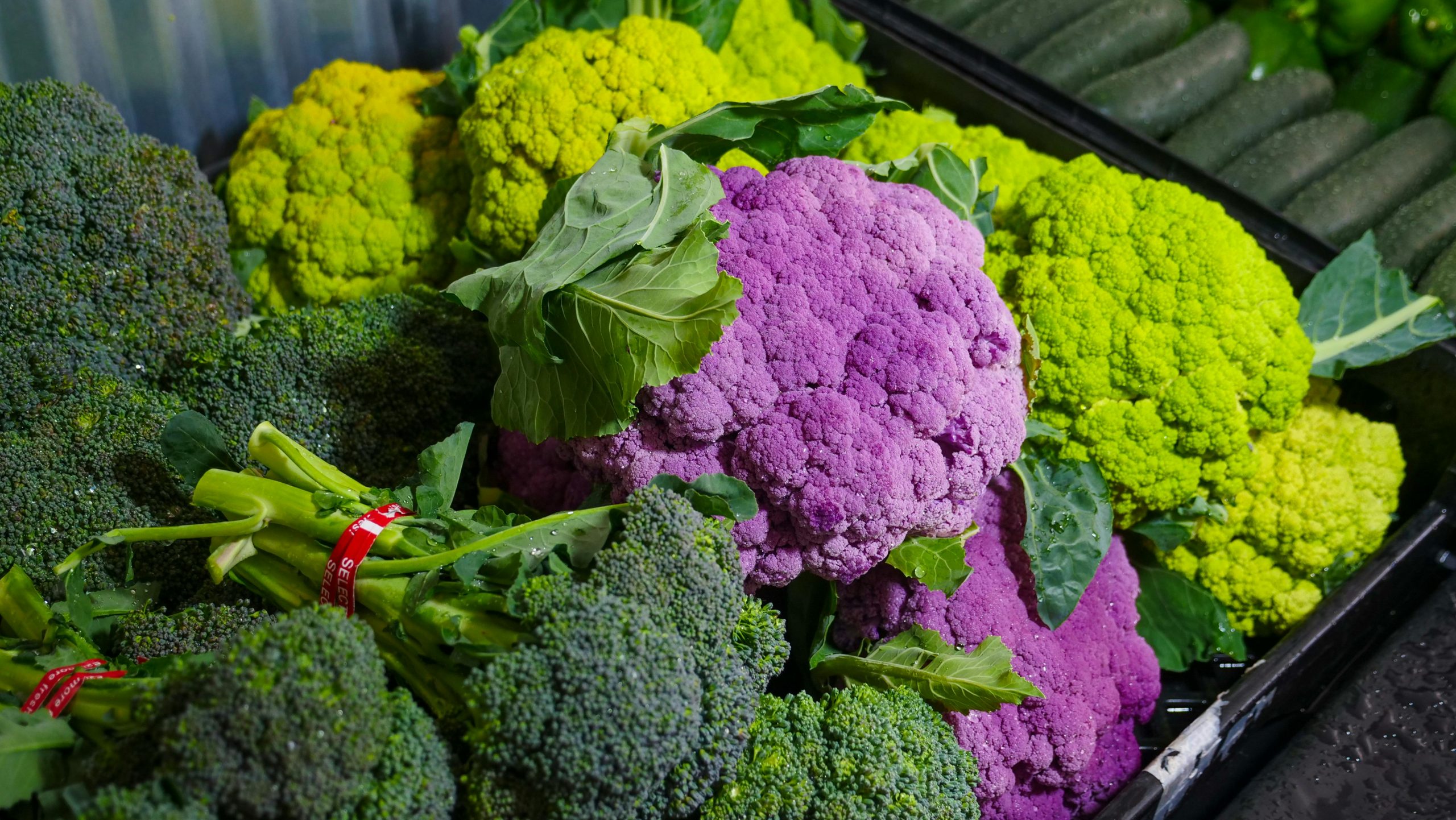
Image credit: Pexels
3. Cabbage:
Cabbage can be planted through direct sowing, transplanting, or container gardening. Direct sow seeds into garden soil, thin to 30-45 cm apart, or start seeds indoors and transplant seedlings 6-8 weeks later. Cabbage is rich in vitamin C, vitamin K, fibre, and antioxidants, making it beneficial for immune function, bone health, digestion, and cancer prevention. It’s low in calories, ideal for weight management, and perfect for winter salads and stir-fries.
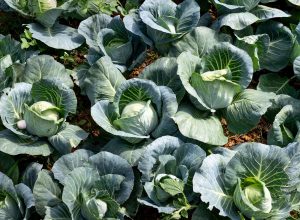
Image credit: Pexels
4. Cauliflower:
Cauliflower grows best in winter as it thrives in cool weather and is less prone to pests and diseases. Nutritionally, cauliflower is rich in vitamins C and K, fibre, and antioxidants, offering health benefits such as improved digestion and immune support. This cool-season favourite is excellent for roasting or mashing, making it a delicious and versatile addition to meals. When planting, space cauliflower 45-60 cm apart for optimal growth.
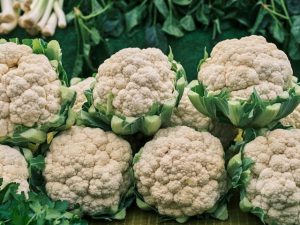
Image credit: Pexels
5. Spring Onion:
Spring onions, or scallions, are a nutrient-rich vegetable packed with vitamins A, C, and K, fibre, and antioxidants, making them a healthy addition to any diet. They enhance the flavour of various dishes, are easy to grow in small spaces or containers, and have a quick growing cycle of about 8-10 weeks. When planting, space them 5-10 centimetres apart in rows 20-30 centimetres apart, and plant seeds about 1 centimetre deep. Their strong smell can also help deter pests, making them beneficial for the overall garden ecosystem.
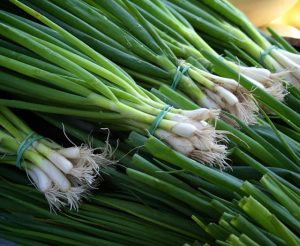
Image credit: Unsplash
6. Fennel:
Fennel is a versatile and flavourful herb that offers numerous benefits for gardeners and cooks alike. Both the bulb and fronds are edible, adding a unique, slightly sweet and anise-like flavour to a variety of dishes. Fennel thrives in winter because it prefers cooler temperatures, which help it develop its sweet, tender bulbs and vibrant green fronds. When growing fennel, space the plants 20-30 centimetres apart to allow for their wide, spreading growth. This spacing ensures that each plant has enough room to develop fully while maintaining good air circulation and reducing the risk of disease. Additionally, fennel tea, made from the seeds or fronds, has notable medicinal properties, including aiding digestion, reducing bloating, and providing relief from respiratory issues.
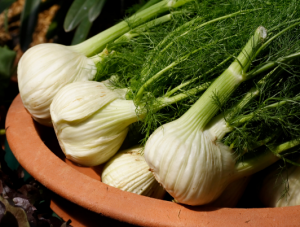
Image credit: Canva
7. Kale:
A superfood that flourishes in the cold, ideal for smoothies and salads.Kale is a nutrient-dense leafy green known for its health benefits, including high levels of vitamins A, C, and K, as well as antioxidants and fibre. It grows well in cool weather and can be harvested throughout the year in milder climates. When planting kale, space the seedlings 30-45 centimetres apart to allow for their broad, leafy growth. This spacing ensures good air circulation and reduces the risk of disease. Kale is best served fresh in salads, blended into smoothies, or lightly cooked in stir-fries and soups, where its robust flavour and texture shine.
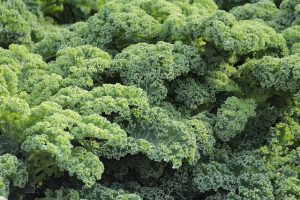
Image credit: Pexels
8. Leeks:
Leeks are a nutritious vegetable with a mild onion flavour, making them a versatile addition to various dishes. Rich in vitamins A, C, and K, as well as minerals like iron and manganese, leeks offer significant health benefits. They thrive in cooler weather and can be harvested about 20-24 weeks after planting. When planting leeks, space them 15-20 centimetres apart to accommodate their long, slender growth and ensure good air circulation. Leeks are best served in soups, stews, and as a flavourful addition to casseroles and stir-fries, where their subtle, sweet onion flavor enhances the overall dish.
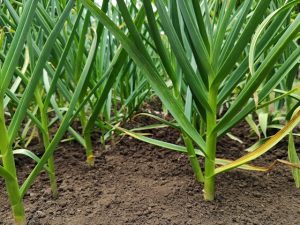
Image credit: Unsplash
9. Lettuce:
Lettuce is a fast-growing, nutrient-rich leafy green that thrives in cooler weather, making it an ideal choice for spring and fall gardens. It provides fresh, crisp leaves perfect for salads and sandwiches. When planting lettuce, space the seeds or seedlings 20-30 centimetres apart to allow for their broad, leafy growth. Lettuce can be harvested as soon as 6-8 weeks after planting, depending on the variety and growing conditions, allowing for a quick and continuous supply of fresh greens.
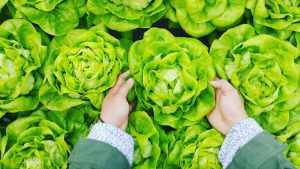
Image credit: Unsplash
10. Celery:
Celery is a nutritious vegetable known for its crisp, crunchy stalks and savoury leaves, which are rich in vitamins A, C, and K, as well as fibre. It requires consistent moisture to thrive, but it rewards gardeners with a bountiful harvest of fresh celery. When sowing celery, space the plants 20-30 centimetres apart to ensure proper growth and air circulation. Celery can be harvested about 16-20 weeks after sowing, making it a longer-term crop. It is best served raw in salads or as a crunchy snack, and it adds excellent flavour and texture to soups, stews, and stir-fries.
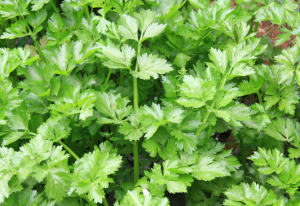
Image credit: Pixabay
11. Spinach
Spinach is a cold-hardy green that offers numerous health benefits, including a high content of vitamins A, C, and K, as well as iron and antioxidants. It grows well in cooler weather and can be harvested about 6-8 weeks after sowing. When growing spinach, space the plants 20-25 centimetres apart to ensure adequate room for their leafy growth and to promote good air circulation. Spinach is best served sautéed as a delicious side to meals such as soups and stews, or served fresh in salads, where its tender leaves and mild flavour enhance a variety of meals.
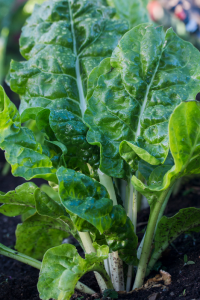
Image credit: Pixabay
12. Turnip:
Turnips are a versatile vegetable with both roots and greens being edible and packed with nutrients. Rich in vitamins C and K, fibre, and antioxidants, turnips provide health benefits and add variety to your diet. When growing turnips, space the plants 15-20 centimetres apart to allow for their bulbous roots and to ensure good air circulation. They can be harvested about 8-10 weeks after sowing, once the roots have reached a desirable size. Turnips are best served roasted, mashed, or in soups and stews, while the greens can be sautéed or used fresh in salads, adding flavour and nutrition to your meals.
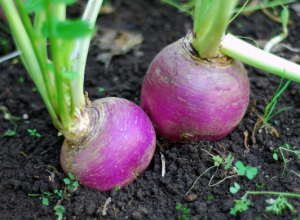
Image credit: Pixabay
The Organic Advantage
Growing your own food organically ensures that what you eat is free from synthetic chemicals. Organic gardening promotes healthier soil and ecosystems, leading to more resilient plants and a cleaner environment. By choosing organic methods, you contribute to a sustainable food system that values health and harmony with nature.
This July, take advantage of the winter season to cultivate a thriving, sustainable, and organic home garden. Not only will you enjoy fresh, nutritious produce, but you will also be contributing to a healthier planet. Happy gardening!
ALSO SEE:
Image credit: Pexels

